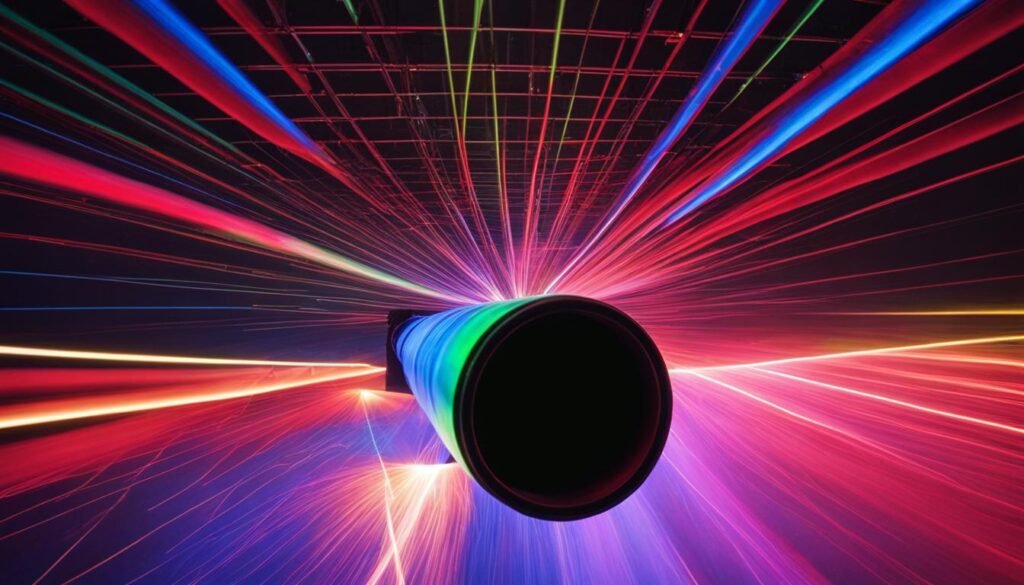Contents

Source: Radiomuseum
The Science Behind Relaxation Oscillations in Lasers
Understanding Laser Dynamics
When lasers experience disturbances like fluctuations in pump power during operation, they exhibit a phenomenon known as relaxation oscillations. This behavior is common in class B lasers, where the upper-state lifetime is longer than the laser resonator’s damping time. Solid-state lasers and laser diodes often operate in this regime, showing relaxation oscillations that eventually dampen and return to a steady state.
Characteristics of Relaxation Oscillations
In class B lasers, relaxation oscillations manifest as spiking when the pump power is abruptly changed. These oscillations have frequencies that are inversely related to the spikes’ period. The dynamics of relaxation oscillations can be mathematically described using dynamic equations, allowing for the calculation of oscillation frequencies based on various laser parameters.
Calculating Relaxation Oscillations
The frequency of relaxation oscillations in lasers is determined by factors such as intracavity power, resonator losses, round-trip time of the resonator, saturation energy, and upper-state lifetime of the laser gain medium. For solid-state lasers, the equation for relaxation oscillation frequency simplifies to a form that depends on the intracavity power, resonator round-trip time, and saturation energy.
Further Insights into Laser Dynamics
The study of relaxation oscillations provides valuable information about laser parameters like resonator losses and gain saturation energy. Understanding the damping time of these oscillations is crucial for optimizing laser performance and stability. Additionally, the presence of saturable absorbers in laser resonators can impact relaxation oscillations, leading to instabilities and unique mode-locking phenomena.
Conclusion
Relaxation oscillations in lasers are a fascinating aspect of laser dynamics that play a significant role in determining laser behavior and performance. By delving into the intricacies of these oscillations, researchers and engineers can enhance laser designs and functionalities for a wide range of applications.

Source: ResearchGate
Feel free to comment your thoughts.



